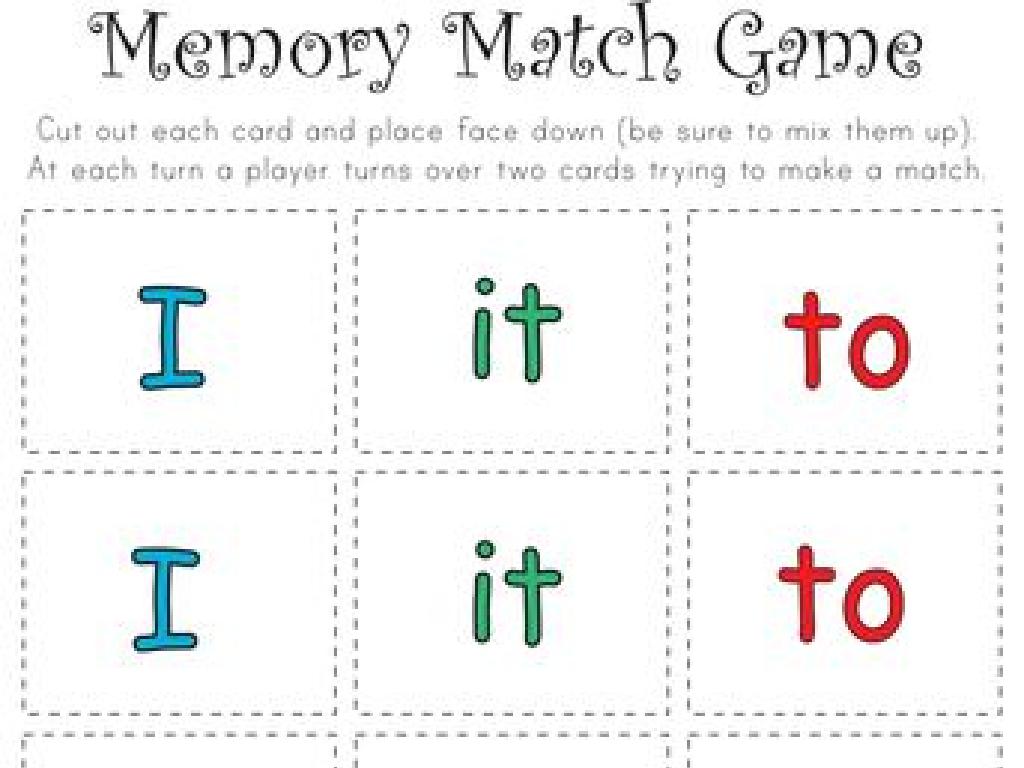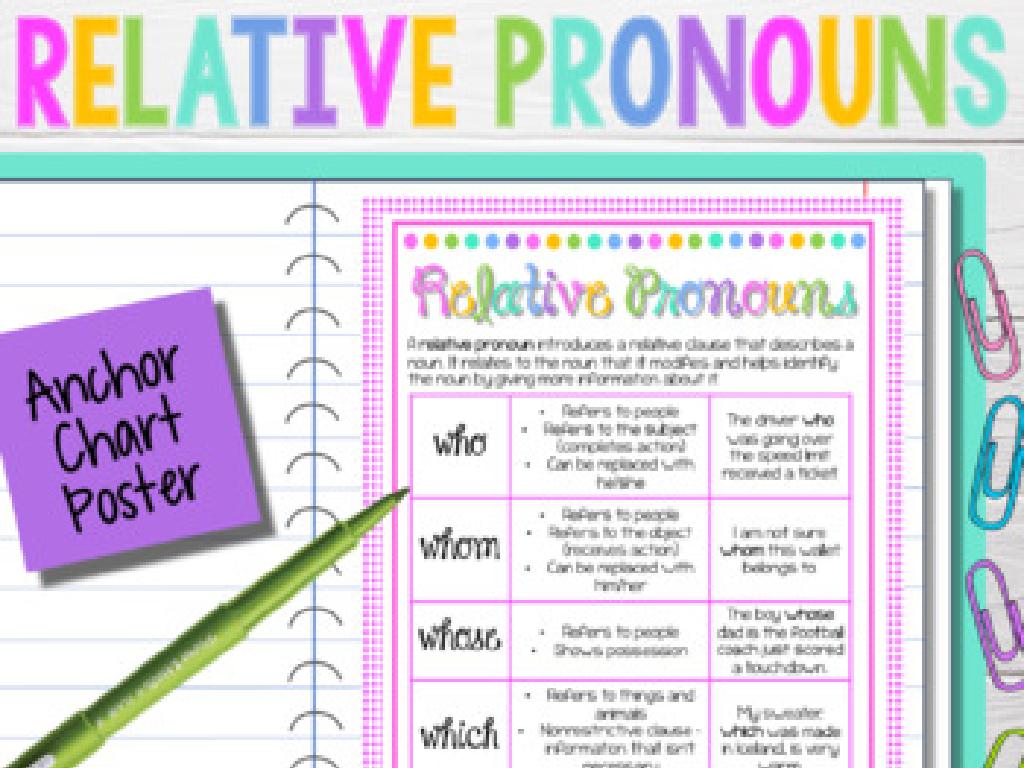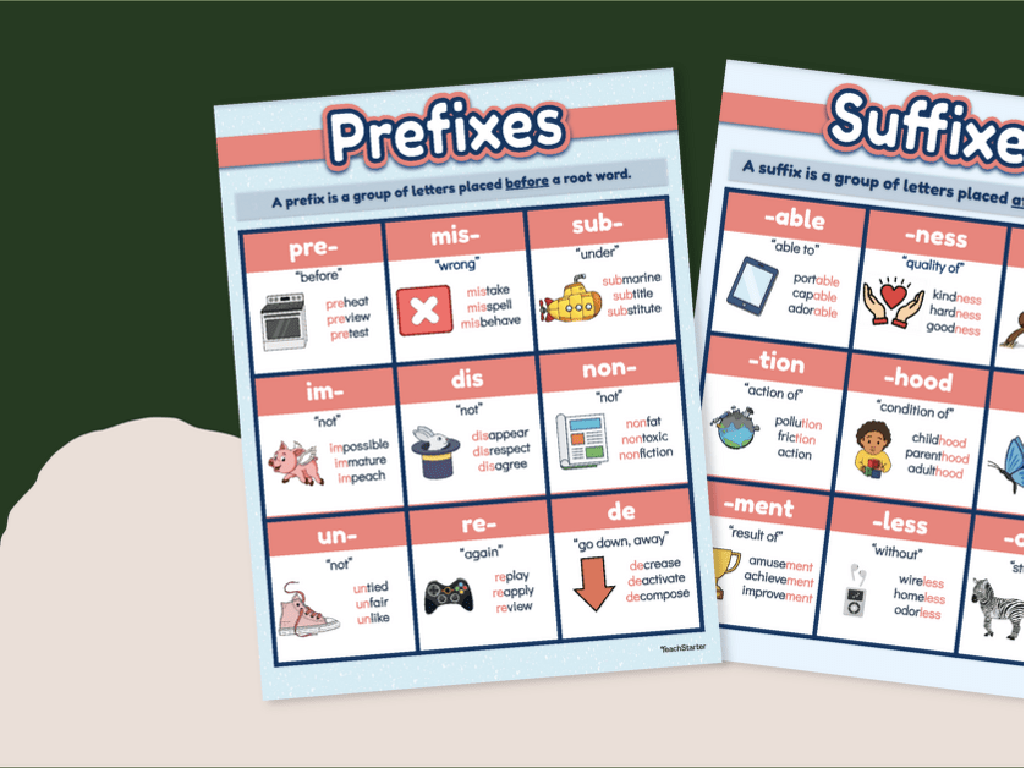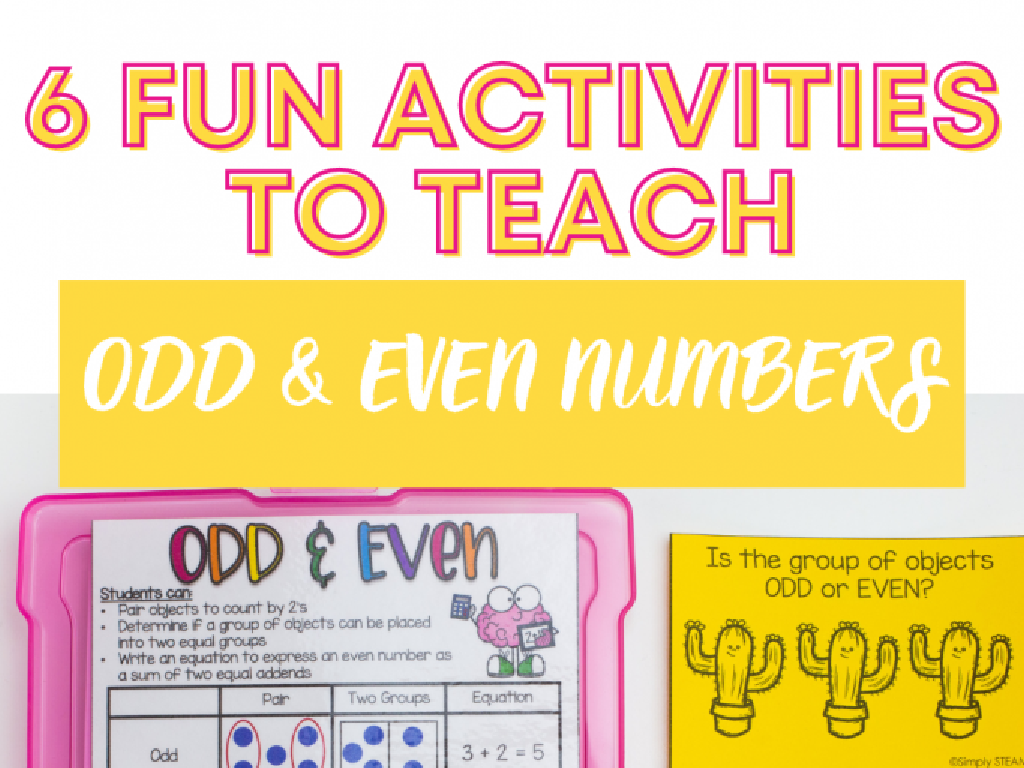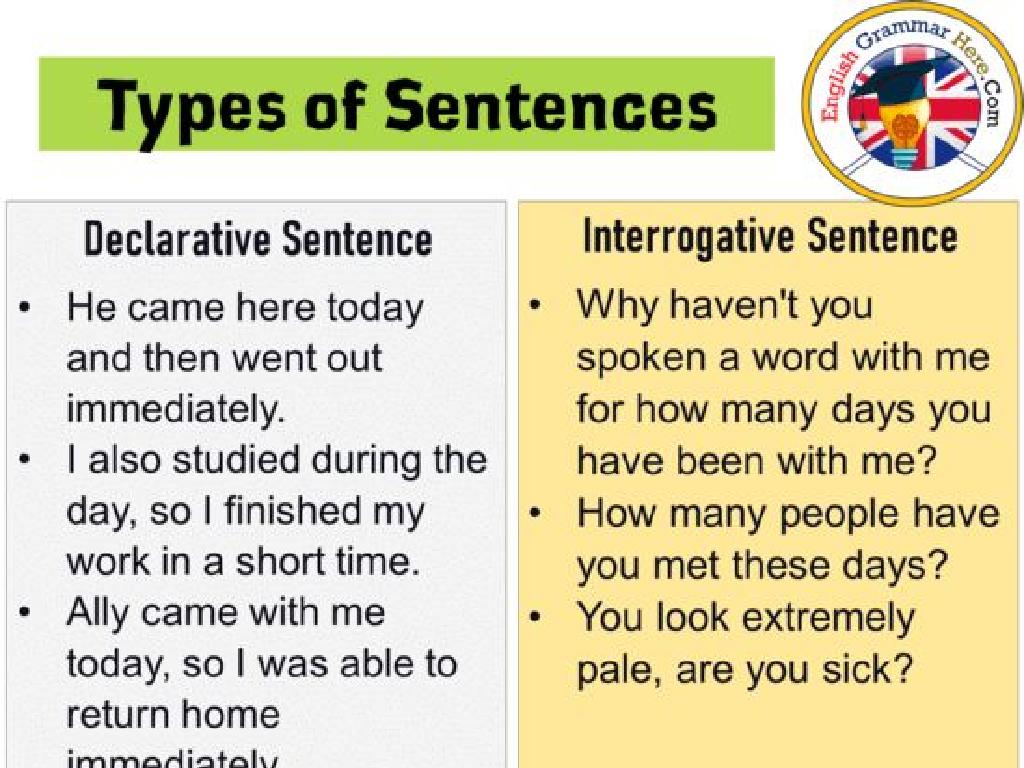Local Government
Subject: Social studies
Grade: Fifth grade
Topic: Government
Please LOG IN to download the presentation. Access is available to registered users only.
View More Content
Welcome to Local Government!
– Meet our community leaders
– Mayors, council members, and more
– What is local government?
– It’s the closest government to us
– Local government’s role
– Manages our city, town, or county
– Why it’s important for us
– Keeps our community running smoothly
|
This slide introduces students to the concept of local government and its relevance to their daily lives. Begin by discussing the various community leaders they may encounter or have heard of, such as mayors and council members. Explain that local government is the administrative body for a city, town, or county, and it’s the level of government closest to the citizens. Highlight the role of local government in managing community services like schools, parks, and emergency services. Emphasize the importance of local government in maintaining order and providing support to the community. Encourage students to think of questions they have about their local government and consider how it impacts their daily activities.
Branches of Local Government
– Executive Branch: Mayor’s role
– The Mayor enforces city laws, oversees city operations.
– Legislative Branch: City Council
– City Council makes local laws, budgets city finances.
– Judicial Branch: Municipal Courts
– Municipal Courts handle local law disputes, violations.
– Balance of Power
|
This slide introduces students to the three branches of local government and their functions. The executive branch, headed by the Mayor, is responsible for enforcing the laws and managing the city’s day-to-day operations. The legislative branch, or City Council, has the power to create local laws and manage the city’s budget. The judicial branch, represented by the Municipal Courts, interprets the laws and judges cases involving local law disputes and violations. It’s important for students to understand how these branches work together to govern their city and maintain a balance of power. Discuss the checks and balances system and how each branch can influence the others. Provide examples of decisions made by each branch, such as a Mayor’s community initiative, a city ordinance passed by the Council, or a local traffic law case in the courts.
Local Government: Roles and Responsibilities
– Exploring the Mayor’s role
– Mayors manage city operations, oversee policies, and represent the community.
– City Council functions
– City Council creates laws, budgets, and public policies for the city.
– Local Courts in the community
– Local Courts handle legal disputes, uphold laws, and protect rights.
– Impact on daily life
|
This slide aims to educate fifth-grade students on the fundamental roles and responsibilities within local government. The Mayor is the leader of the city, responsible for implementing policies and representing the citizens. The City Council works on creating laws, managing the city’s budget, and setting public policies. Local Courts are where legal issues are resolved, laws are enforced, and justice is served to maintain community welfare. Discuss how these roles impact students’ daily lives, such as through public services, safety, and local events. Encourage students to think of questions they might have about their local government and how it works to serve their community.
Local Government Services
– Public Safety: Police & Fire
– Ensures community safety and emergency responses
– Education: Schools & Libraries
– Provides learning opportunities and resources
– Infrastructure: Roads & Transit
– Maintains and develops transportation systems
|
This slide aims to educate fifth-grade students about the various services that local governments provide to their communities. Public safety is a critical service, with police departments working to prevent crime and fire departments ready to respond to emergencies. Education is another key service, with local governments responsible for running public schools and libraries, ensuring that children have access to quality education and learning resources. Infrastructure services include the maintenance and development of roads and public transportation, which are essential for the daily commute and overall connectivity of the community. Encourage students to think about how these services impact their daily lives and discuss the importance of each service provided by the local government.
Your Role in the Local Government
– Ways to get involved locally
– Voting in local elections
– Voting helps choose leaders and make laws
– Community service benefits
– Helping in community events improves our town
– Volunteering opportunities
– Many groups need help, like libraries and shelters
|
This slide aims to educate fifth-grade students on the importance of their involvement in local government. It’s crucial to explain that even though they are young, there are ways they can participate and make a difference. Emphasize the power of voting in shaping their community, even though they can’t vote yet, they can encourage adults to do so. Discuss how community service, such as park cleanups or food drives, contributes to the well-being of their surroundings. Highlight volunteering as a way to support local organizations and gain a sense of responsibility. Encourage students to think of ways they can start participating now, like joining student councils or starting a community project.
Class Activity: Simulating a City Council
– Divide into community role groups
– Discuss a new school playground
– Consider benefits, costs, and location
– Vote on playground proposals
– Present group decisions
– Explain your group’s vote and reasons
|
This activity is designed to give students a practical understanding of how local government works. Divide the class into small groups, each representing different community roles such as city council members, parents, teachers, and students. Each group will discuss the pros and cons of building a new playground at the school, considering factors like benefits to students, costs, and possible locations. After discussion, each group will vote on whether to approve the playground proposal. Finally, a representative from each group will present their decision and reasoning to the class. This exercise will help students learn about civic engagement, decision-making processes, and the importance of considering different perspectives in a democracy.

